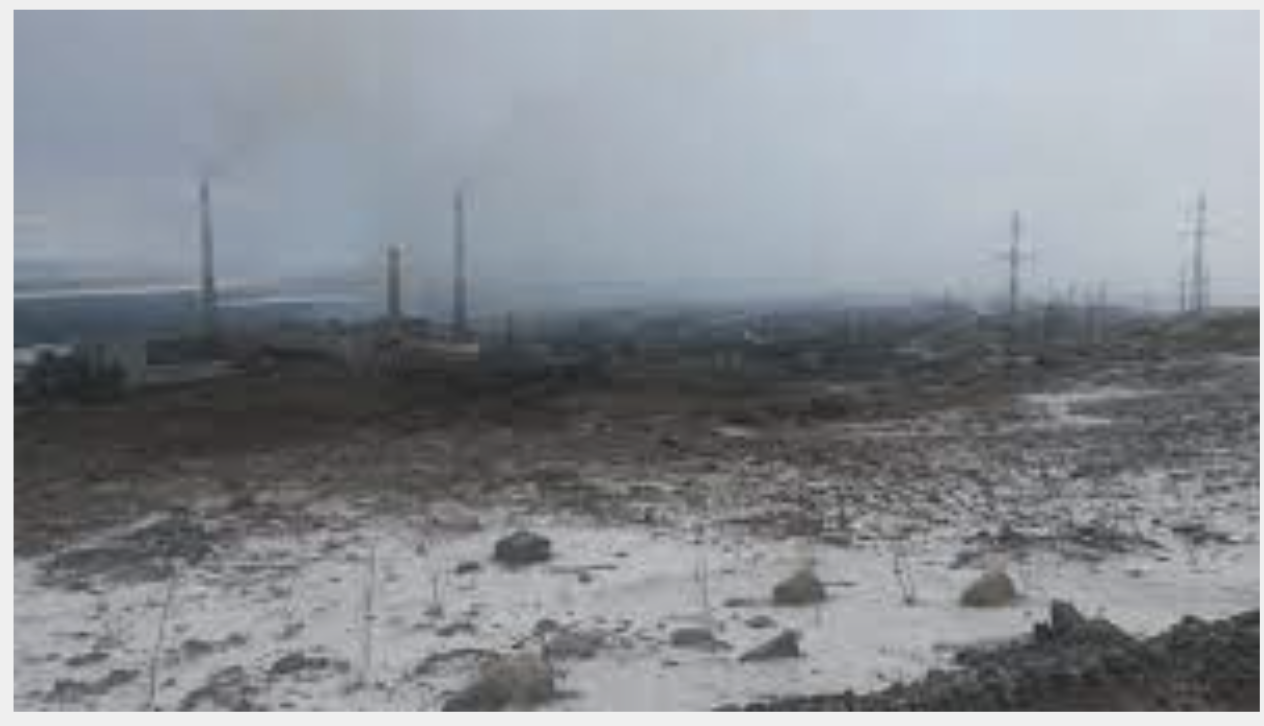Is it ethical to own an EV? It depends how far your vision extends. Across the Bering Sea from pristine, preserved Alaska to Siberia, perhaps?
/gotcha prius fixin’s right here, oh noble earth warrior
Our morally superior greensters have stopped mineral extraction in our own country, but where are they to get the materials for their solar panels and eco-friendly battery cars? Let’s just stand on Sarah Palin’s back porch for aa moment, and take a glimpse at what’s doing in Mother Russia, wellspring of all Green philosophy. How’s the view, folx?
Norilisk, Rusia, “The Most Depressing City on Earth”
The modern story of Norilsk begins in the early 20th century when a geologist discovered rich deposits of nickel, copper and cobalt at the foot of the Putorana Mountains.
Norilsk sits on the biggest nickel-copper-palladium deposits on the planet.
In 1936, the USSR began building a huge extraction complex in the mountains using around 500,000 forced laborers from a nearby Gulag.
For 20 years, they worked in the harsh Arctic permafrost, with 18,000 dying in horrific conditions.
Today, a fifth of the world’s nickel comes from Norilsk and more than half of global palladium, a metal used in car exhausts and jewellery.
Almost everyone in Norilsk today has a connection to the nickel plant, either being directly employed by Norilsk Nickel or working for one of the many companies which rely on it.
But having such an enormous job creator in the city has come at a horrific cost.
Norilsk today is the most polluted city in Russia, and one of the top-ten most polluted cities on the planet.
Every year, the nickel plant pumps out more than two million tons of toxic gas, including sulphur dioxide, nitrogen oxides, carbon, phenols and more.
Around one percent of total global sulphur dioxide emissions come from this one city.
The air is so polluted that many people mine the surface soil for soot because it contains precious minerals.
Not only does this cause acid rain that kills many of the surrounding trees, but it also takes a devastating toll on Norilsk’s inhabitants.
The life expectancy for a worker in Norilsk is just 59 years old, 10 years shorter than the Russian average.
Rates of cancer in the city are also double those of the rest of Russia.
A health study found that rates of blood illness in children are 44 percent higher in Norilsk compared to an average child in Siberia, while rates of nervous system conditions are 38 percent higher, and bone and muscle illnesses are 28 percent higher.
We’ll stop here, and won’t continue our tour of Tibet, or the child-labor cobalt mines in Congo, because that might cause unpleasant uncertainty in unsullied minds.


